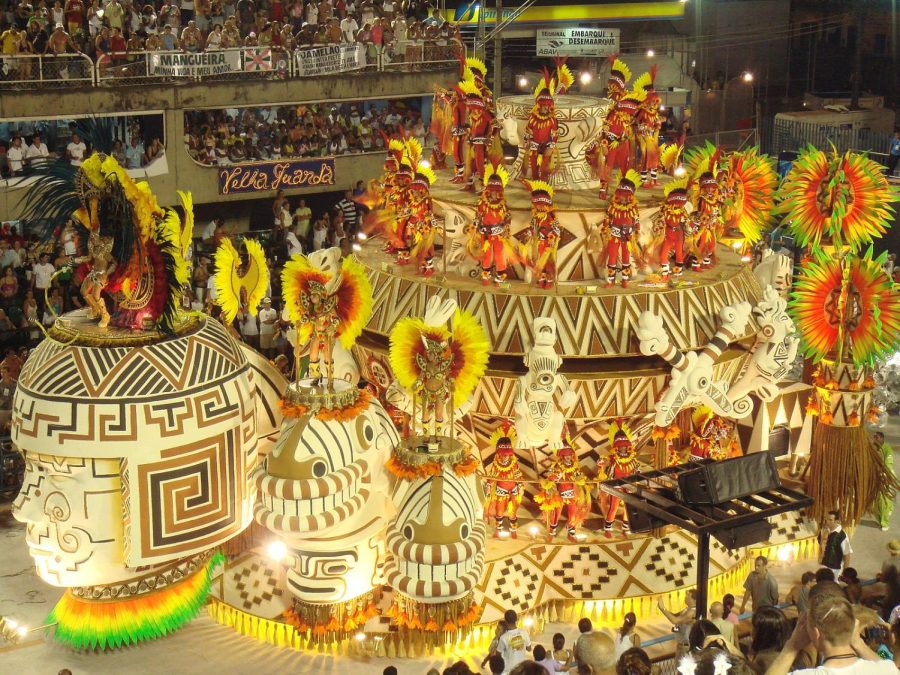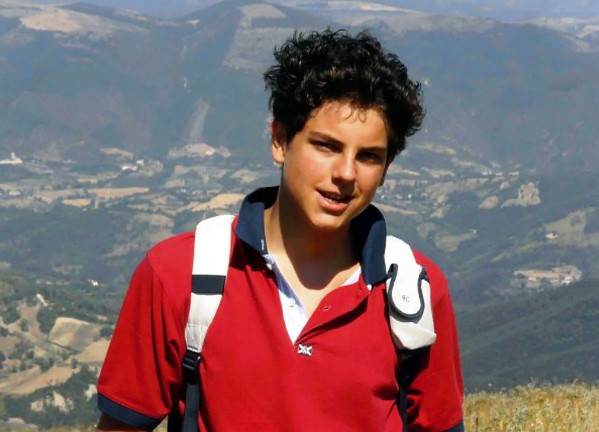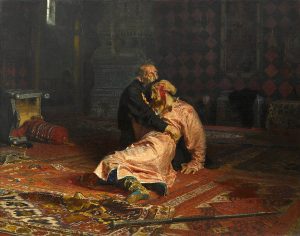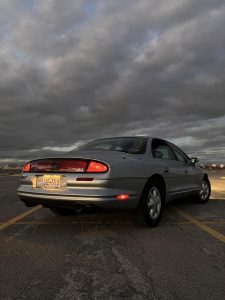WORLD’S BIGGEST FESTIVAL OF THE YEAR
March 7, 2023
The origins of Carnival in Brazil are associated with Catholic food festival tradition of feasting in preparation for the 40 days of meat abstinence, known as the Lent, which starts in Ash Wednesday. The word carnival comes from the Latin carne vale, meaning “goodbye flesh/meat”. The Brazilian Carnival celebration starts every year on Friday before Shrove Tuesday and ends on Ash Wednesday.
This festival was brought to Brazil from Europe by the Portuguese colonizers in 1600s. However, the Africo-Brazilians adapted some tribal traditions such as parading around the villages wearing masks and costumes to ward off bad spirits. The feathers, which are still used in carnival costumes, symbolizes rebirth and the rise of the spirits.
Samba music was considered music of the poor and slaves until early 1920s, when the first samba schools started to form. This music genre became an integral part of the Brazilian carnaval as we know it today. The first Samba School Parade happened in 1932 and it lead to the parade competitions among the samba schools aiming to be crowned the winner of carnaval.
In 1984, the governor of Rio de Janeiro commissioned the construction of the Sambadromo or Sambodromo (Portuguese) in the heart of Rio, to host the Samba Schools Carnaval’s yearly competition. It is a wide 700 meters avenue surrounded by bleachers on both sides with a capacity to hold 90,000 spectators.
The official Carnaval Parade takes place for four nights lasting until early morning, starting Friday until the Monday before Ash Wednesday. This event is one of the largest outdoor festival in the world and it is known by its colorful and over-the-top costumes and floats, lively samba music and performances, in addition to representing Brazilian history, culture, social and environmental issues.











